Webxam- Allied Health Review
1/41
There's no tags or description
Looks like no tags are added yet.
Name | Mastery | Learn | Test | Matching | Spaced |
|---|
No study sessions yet.
42 Terms
Ad Lib
can be up on their own (no staff assisting )
Amb
Ambulate (can move around)
ADLs
activities of daily living
Ax
Axillary (under arm, arm pit)
QD
everyday
QID
4 times a day
BID
twice a day
TID
three times a day
BM
bowel movement
BR
bed rest
BRP
bathroom privilages
BSC
bed side commode
BS
blood sugar/bowel sound
CHF
congestive heart failure
CL Liq
clear liquids
CPAP
continuous positive airway pressure
DAT
diet as tolerated
HTN
hypertension
HOB
head of bed
HOH
hard of hearing
NG
nasogastric tube
PPE
personal protective equipment
UA
urine analysis
COPD
chronic obstructive pulmonary disorder
supine position

prone position
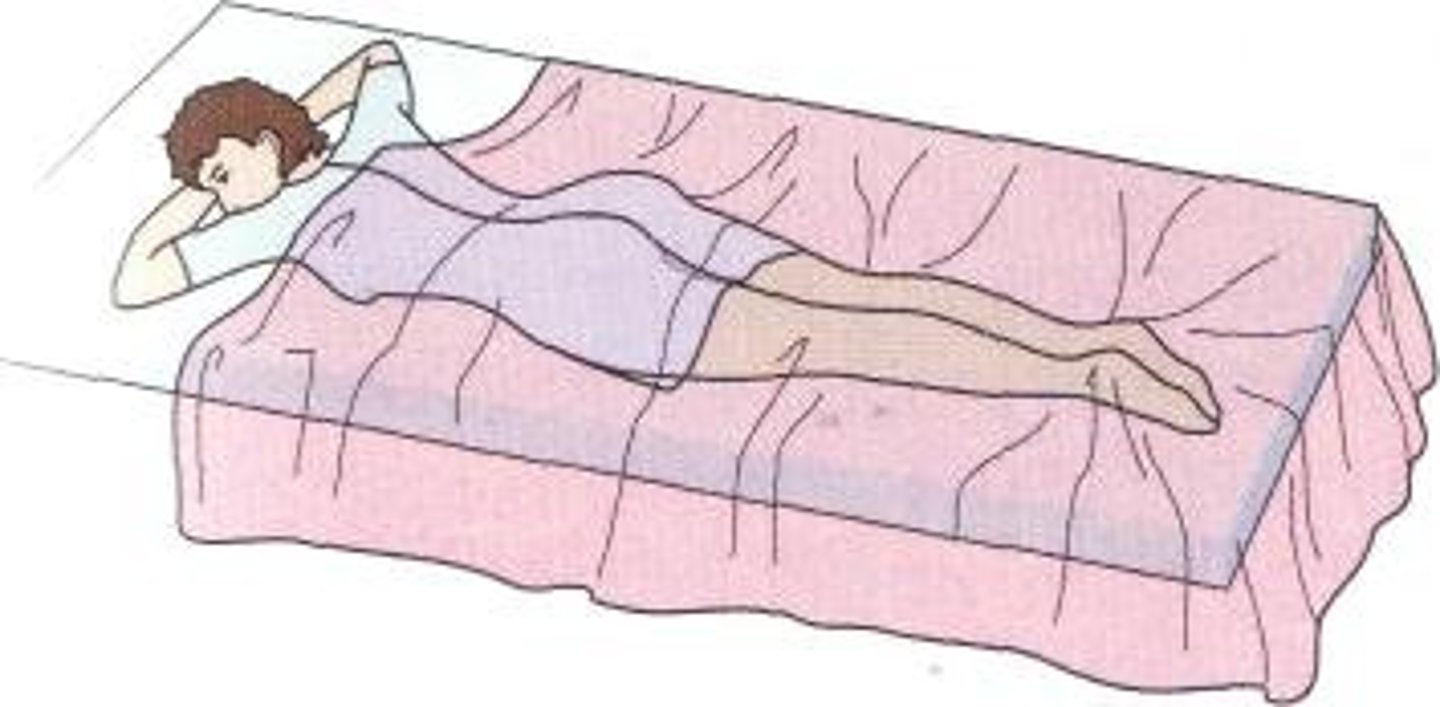
sims position
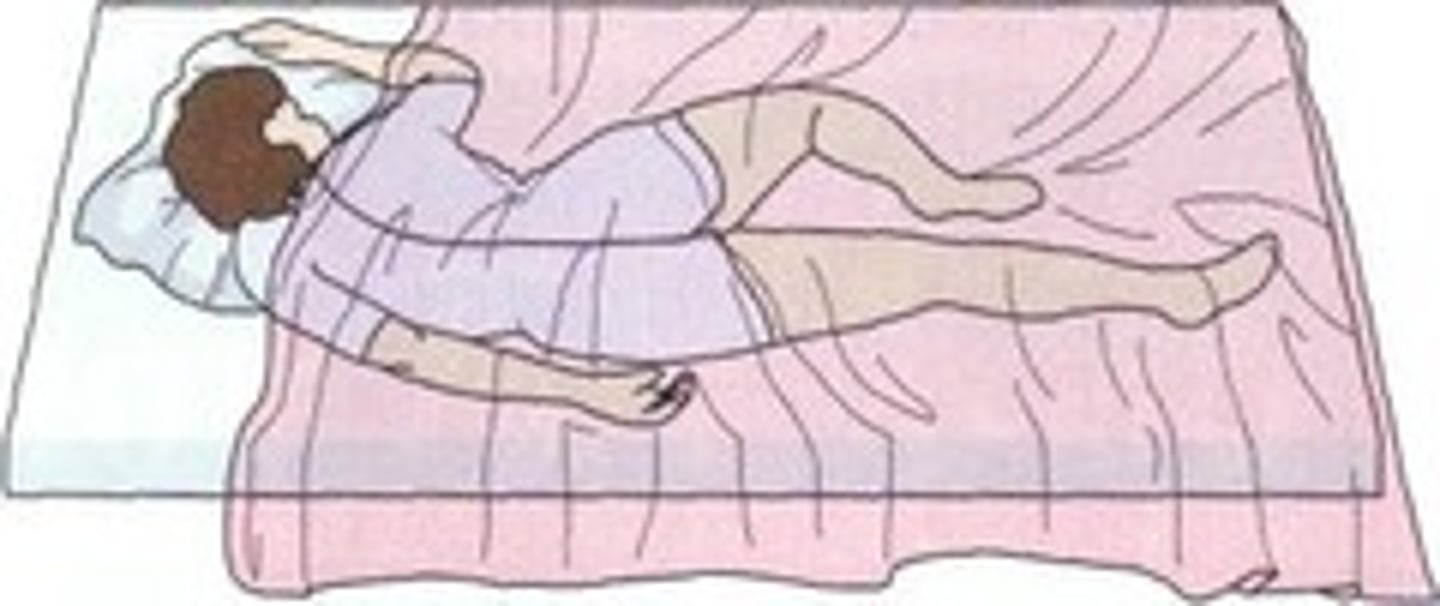
lateral

medial
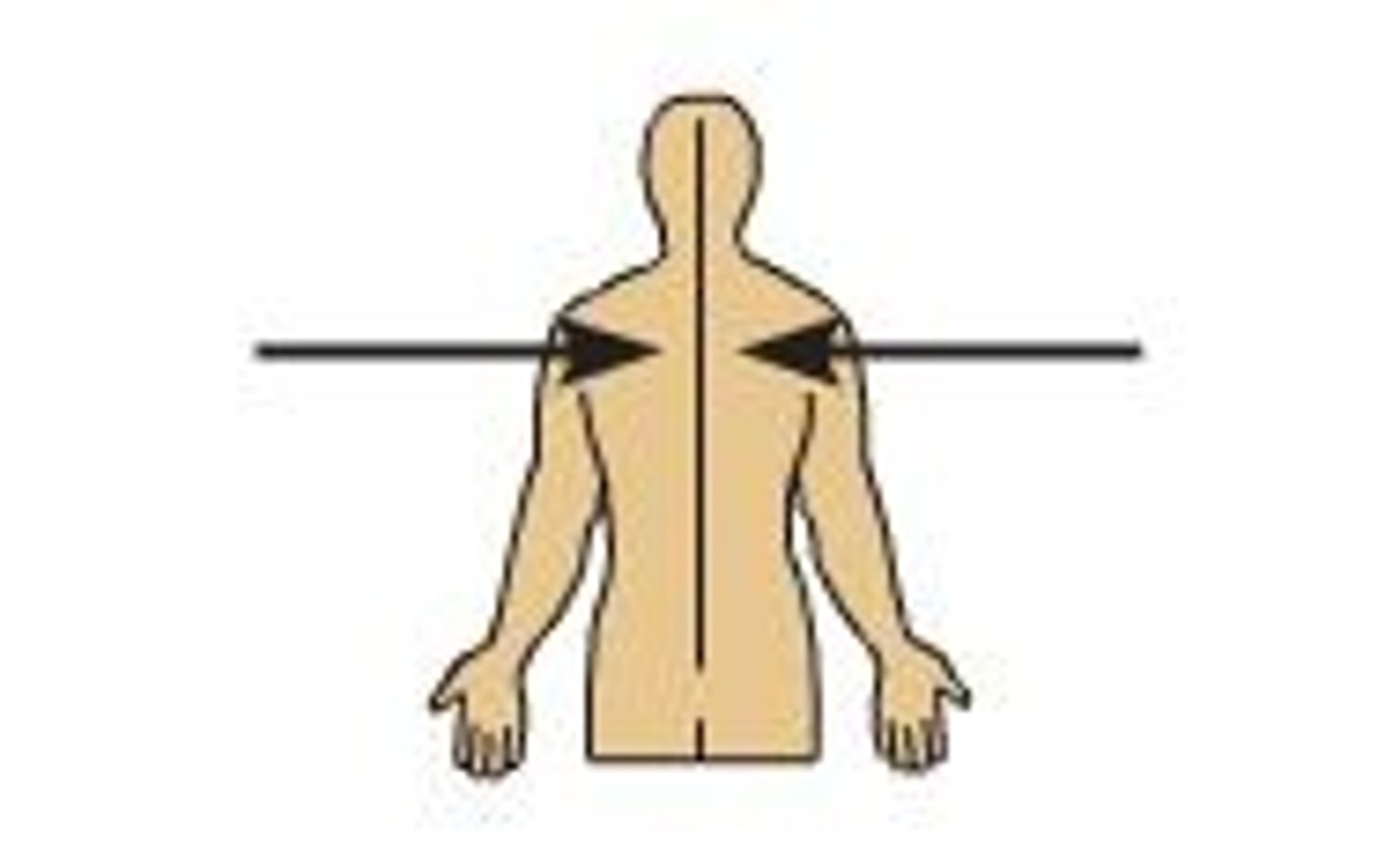
superior
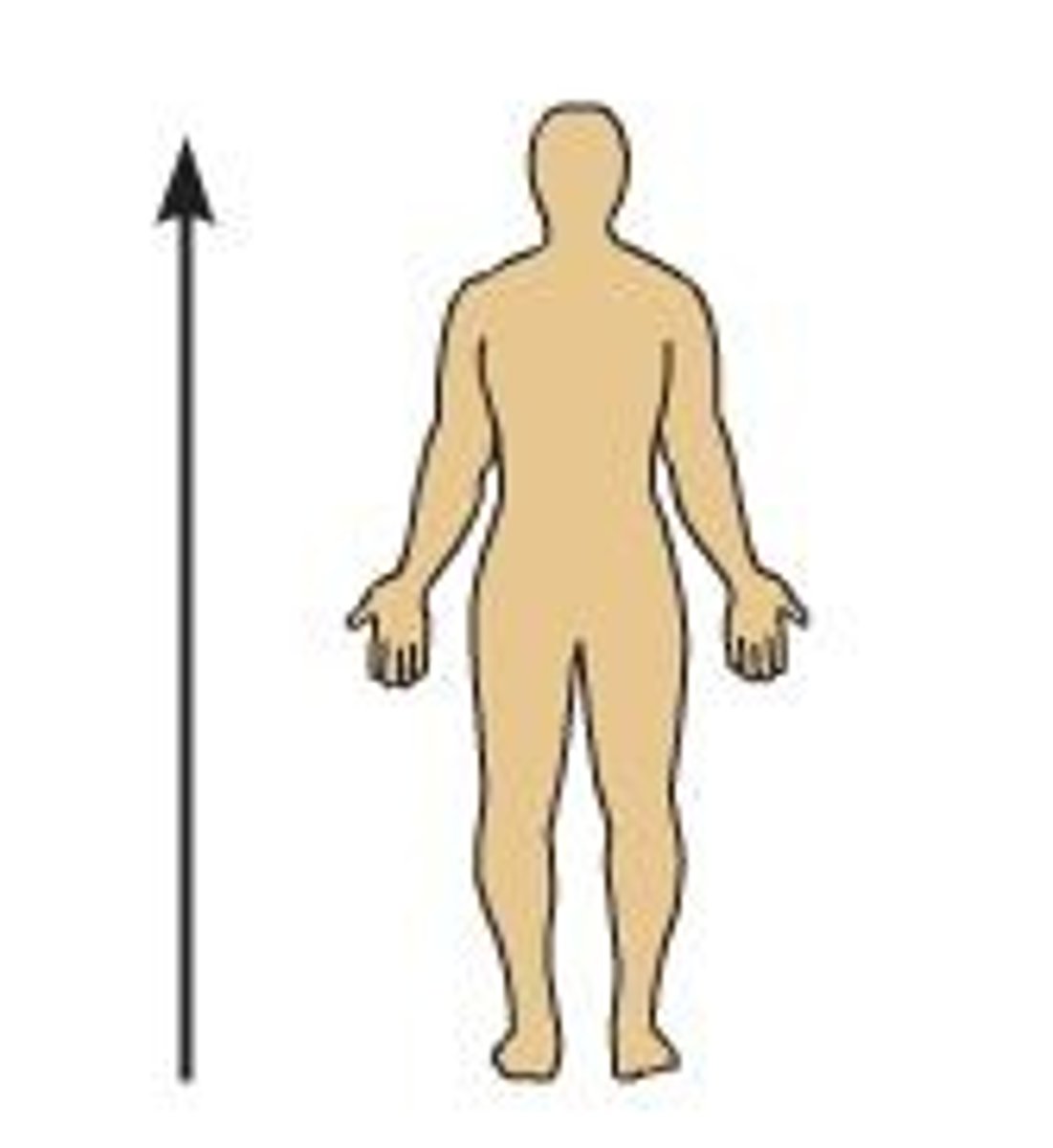
inferior
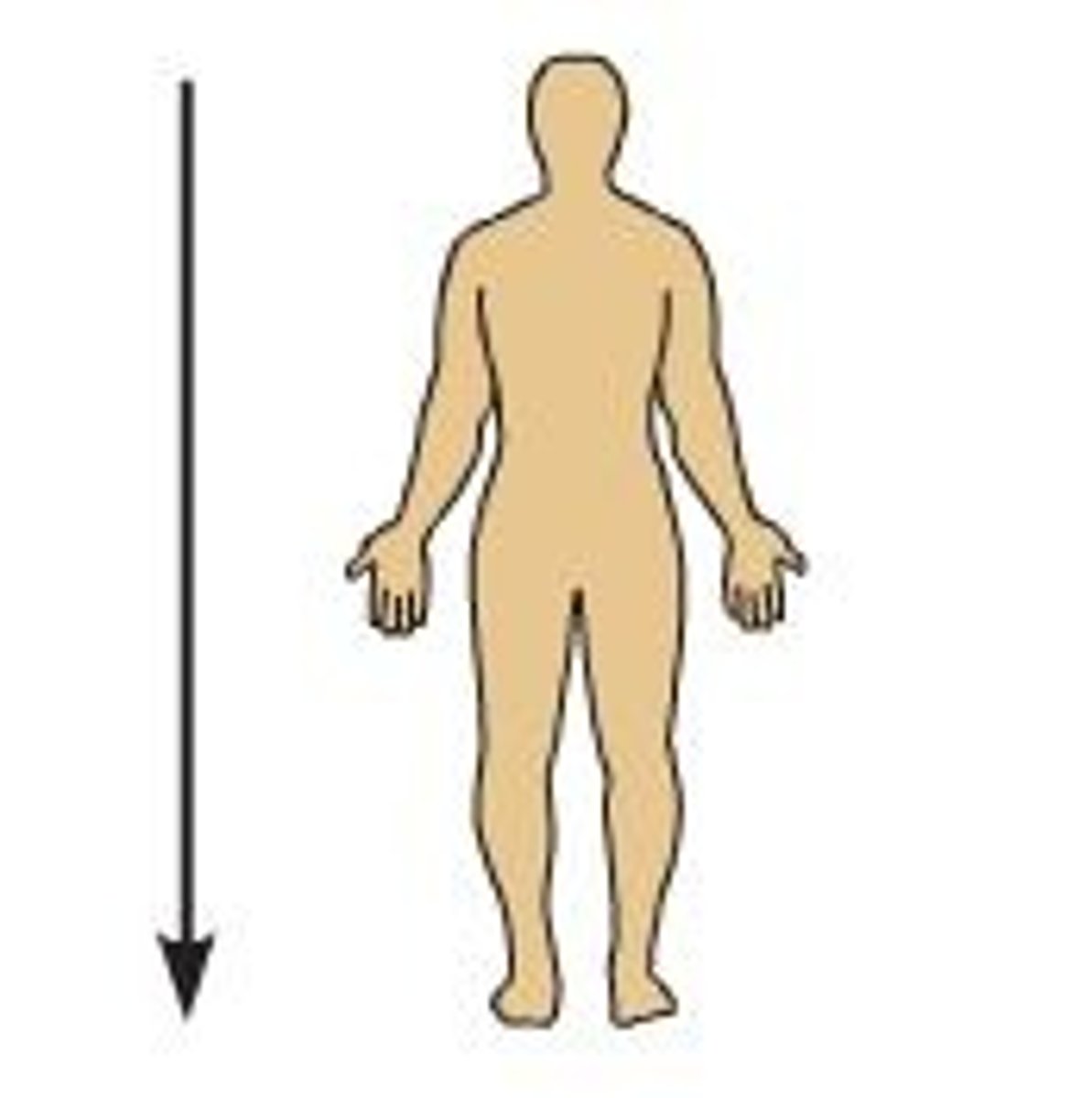
dorsal/posterior

ventral/anterior

abdominal quadrants
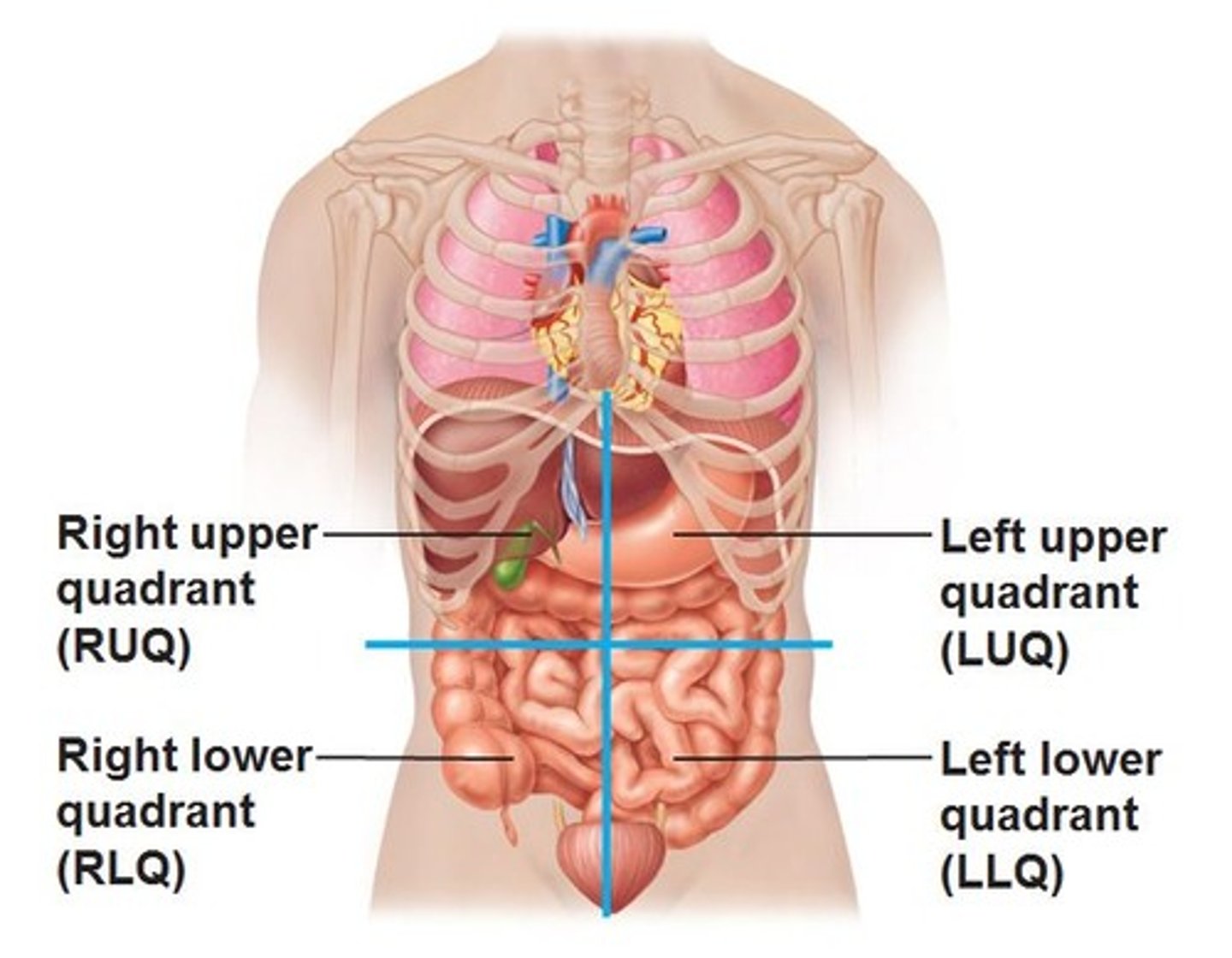
abdominal regions
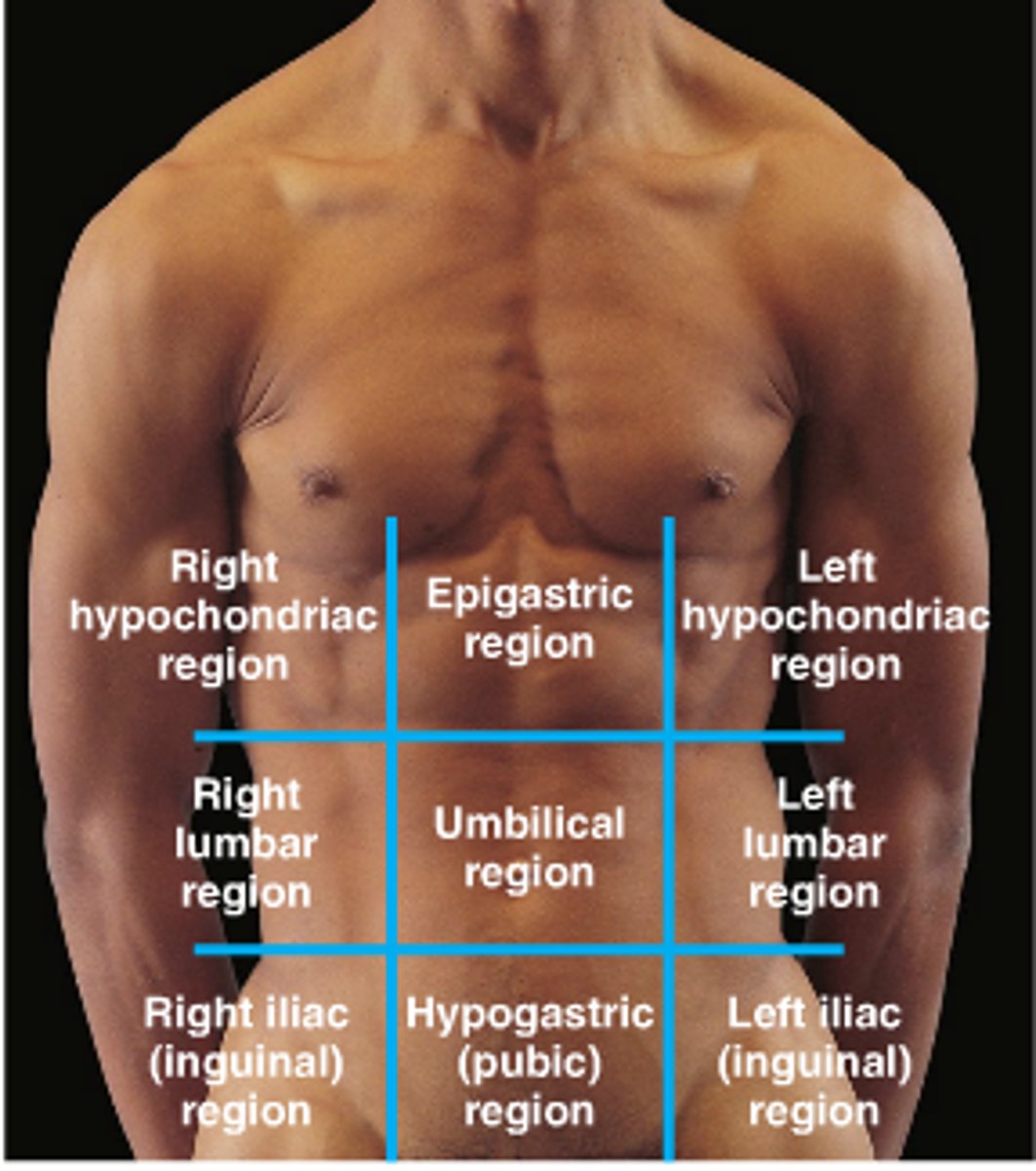
smallest to largest parts of human structure
cells-tissues-organs-organ systems-organism
Fahrenheit glass thermometer
every little line - 2/10 or 0.2
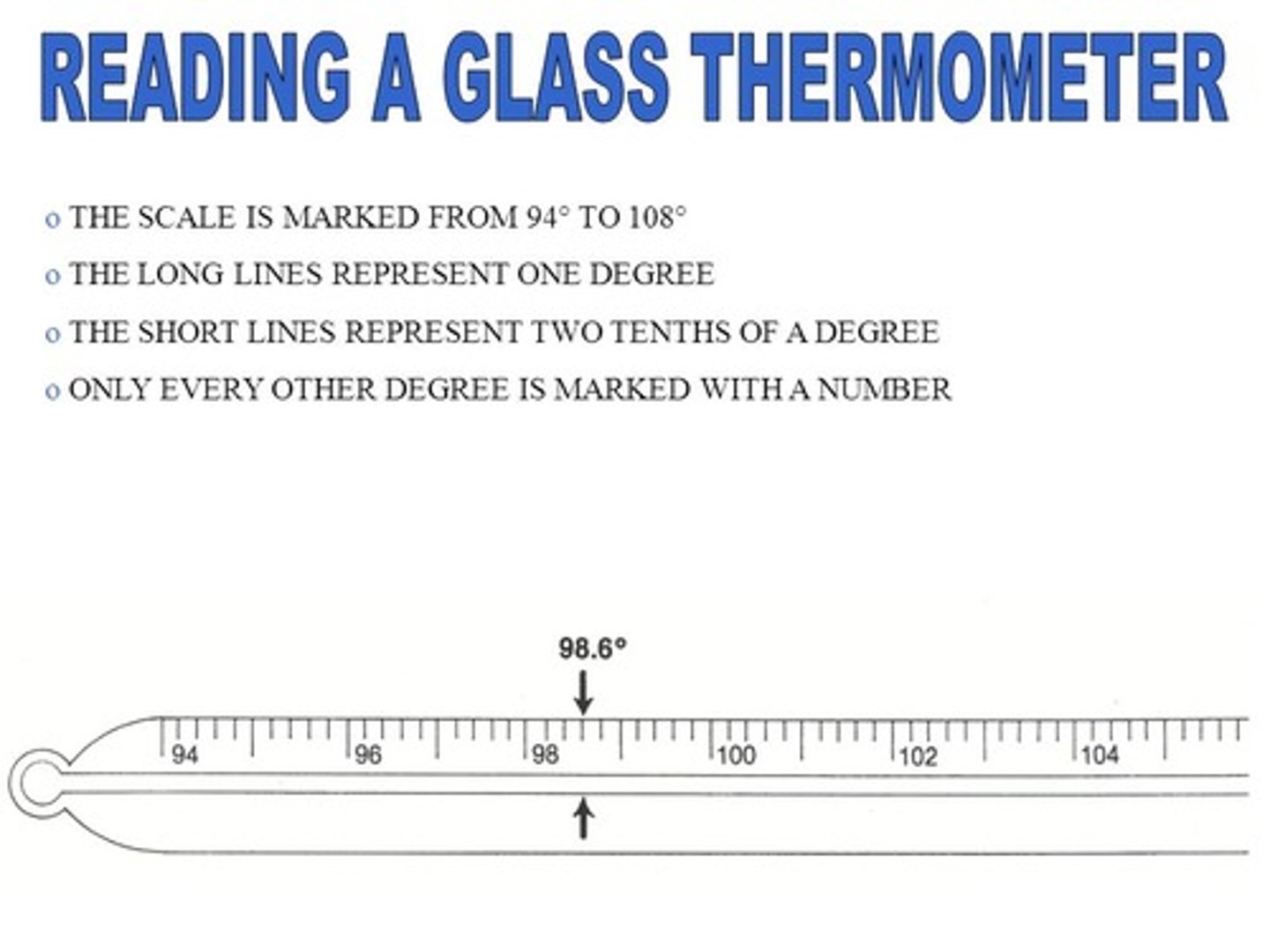
Phlebotomy
taking blood specimen from a patient to test
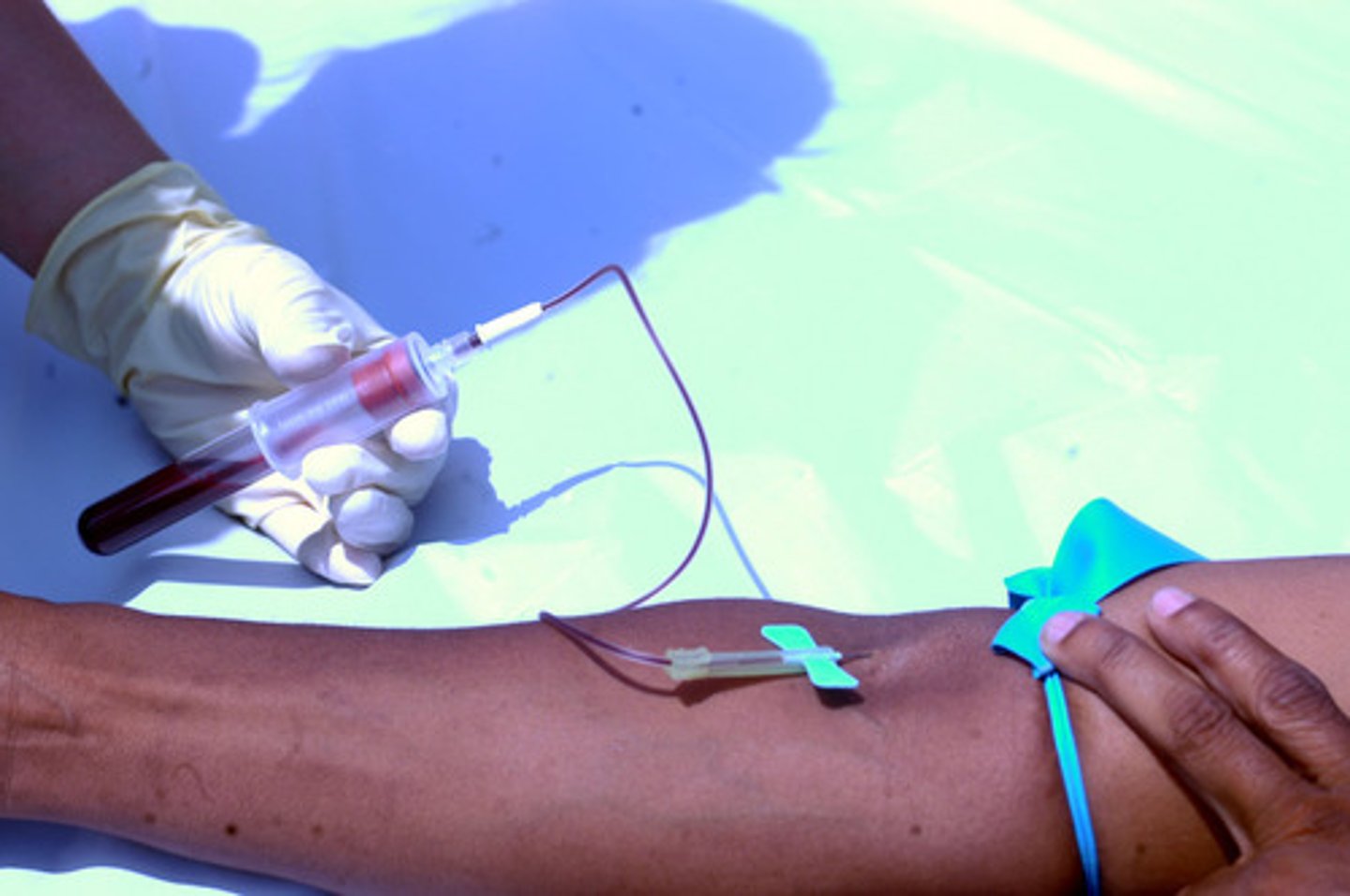
Electrocardiogram
taking a recording of the patients heart beat
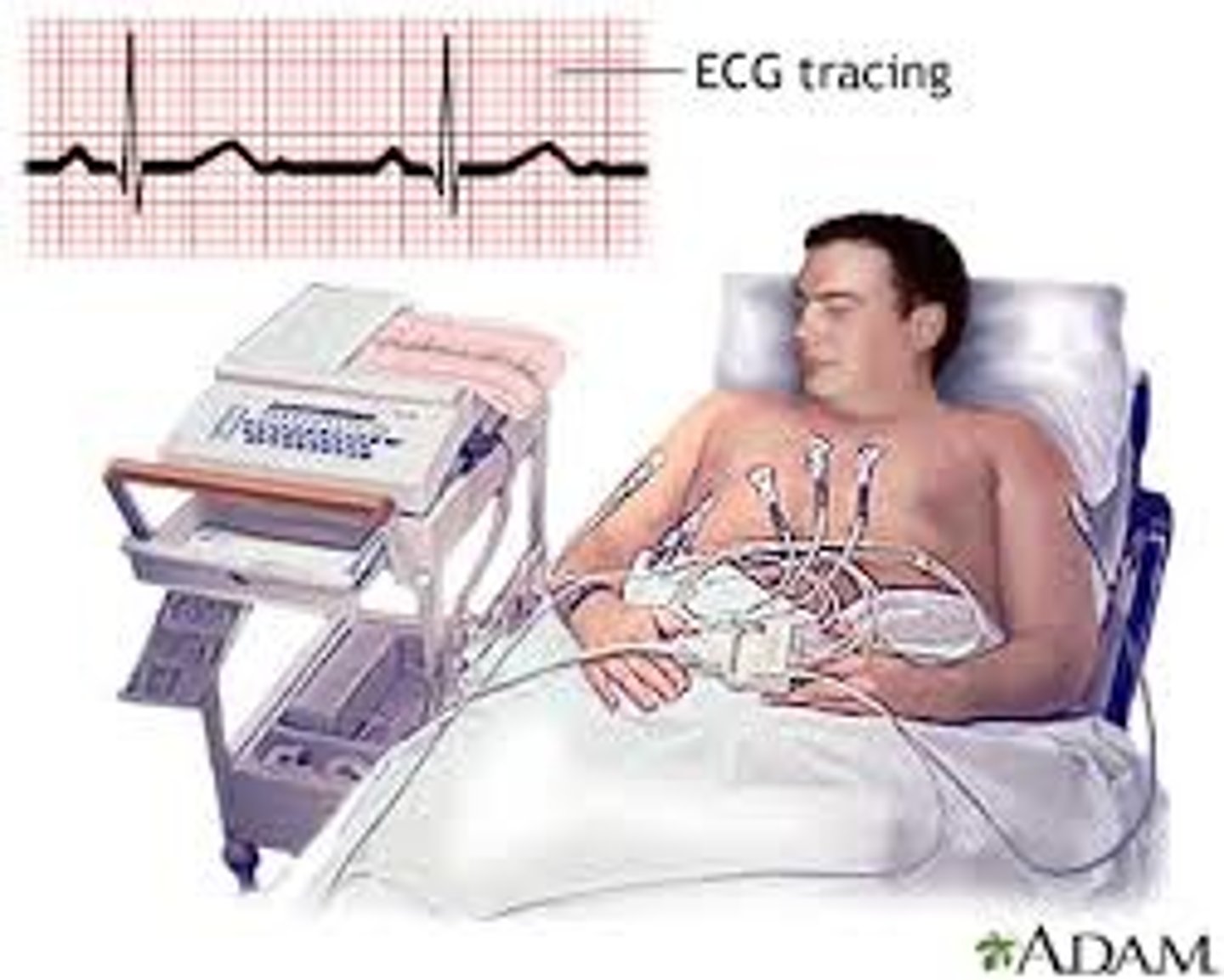
Spirometry
measures how much a air a person can breathe out of their lungs
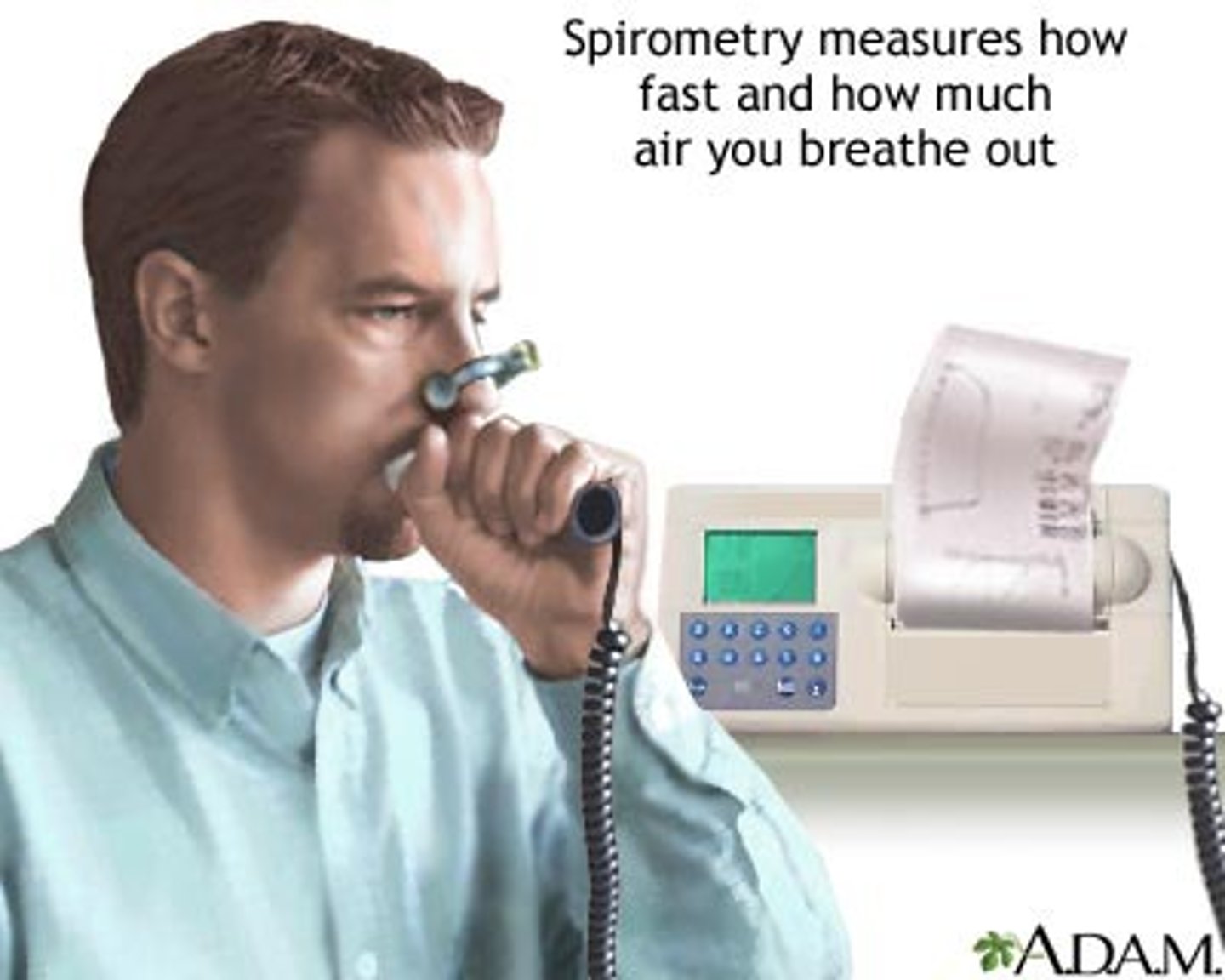
subjective
what the patient tells you
example - " I have a bad headache"
objective
what you can observe from the patient
example - blue discoloration of skin ( cyanosis)
yellow discoloration of skin ( jaundice)
red discoloration of skin ( erythema )